The magic of the spring forest floor
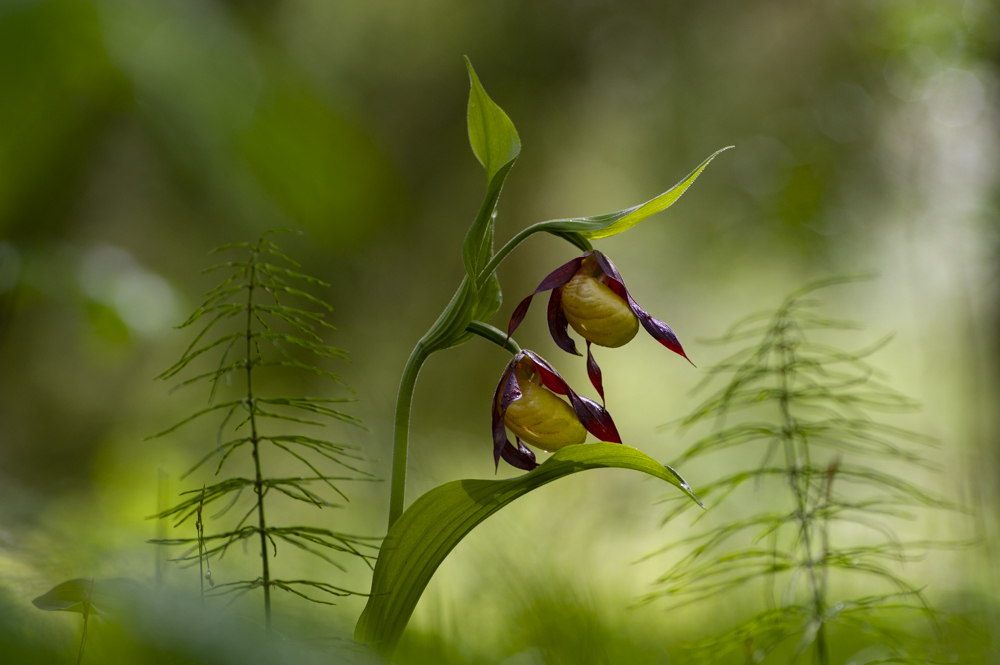
Even before winter draws to a close, the forest floor signals its yearning for rebirth by blossoming with flowers, a harbinger of the coming spring.
However, plants do not invest so much energy to produce splendid blooms merely to delight our eyes, but rather for reproduction and the propagation of their species. Although vegetative reproduction or propagation by cuttings is widespread, the best method to ensure higher survival rates for a species remains sexual reproduction. As is well known, flowers contain both male organs, the stamens, and female organs, the pistil. This is a fact we take for granted today, but it took considerable time to be accepted. When Carl Linnaeus, the renowned 18th-century Swedish botanist and naturalist, used the sexual organs of plants for their classification, it sparked an outcry among scholars of the time. Discussing the "sex" of flowers seemed blasphemous, and the role of pollinators was equally slow to gain acceptance. Most flowers produce colours and scents, more or less pleasant, with the sole purpose of attracting pollinators, to whom they entrust the pollen necessary for reproduction. To persuade insects to act as unwitting couriers, flowers produce nectar, to which they cannot resist, compelling them to fly from bloom to bloom to satisfy their craving.
It would be wise to enter a flowering forest and allow these extraordinary creatures to fulfil their vital role undisturbed. Picking flowers or uprooting bulbs is unacceptable behaviour and, in some cases, prohibited and punishable by law. In National or Regional Parks and protected areas, collecting plants is always forbidden, as is the gathering of rare or protected species anywhere. It is best to avoid picking wildflowers altogether, to prevent harm to the environment and to preserve food sources for the animals and insects that depend on them.
Walking through a forest is like strolling through someone else’s garden, where it is intolerable to destroy the flowerbeds. It is essential to behave appropriately: stay on the paths, avoid unnecessary noise, refrain from leaving litter, and never collect anything, so that the next spring may shine just as brightly. Enter these arboreal cathedrals quietly and with respect, observe with admiration the beauty offered to you, and you will emerge rejuvenated.
Without claiming to be exhaustive, here are some flowers you may encounter in the woods.
Among the first to reveal their beauty are the snowdrops, Galanthus nivalis, where Galanthus means "milk flower" and nivalis "snow." As the name suggests, they defy winter, emerging from beneath the snowy blanket still covering the ground. In ancient times, they were also called the "morning star" because they are among the first to bloom in the new year. They are found in Southern Europe and the Caucasus region, thriving in deciduous forests and shady areas. In England, the plant was introduced by Queen Elizabeth, taken from the Italian Alpine regions. Unfortunately, its conservation status is classified as near threatened.
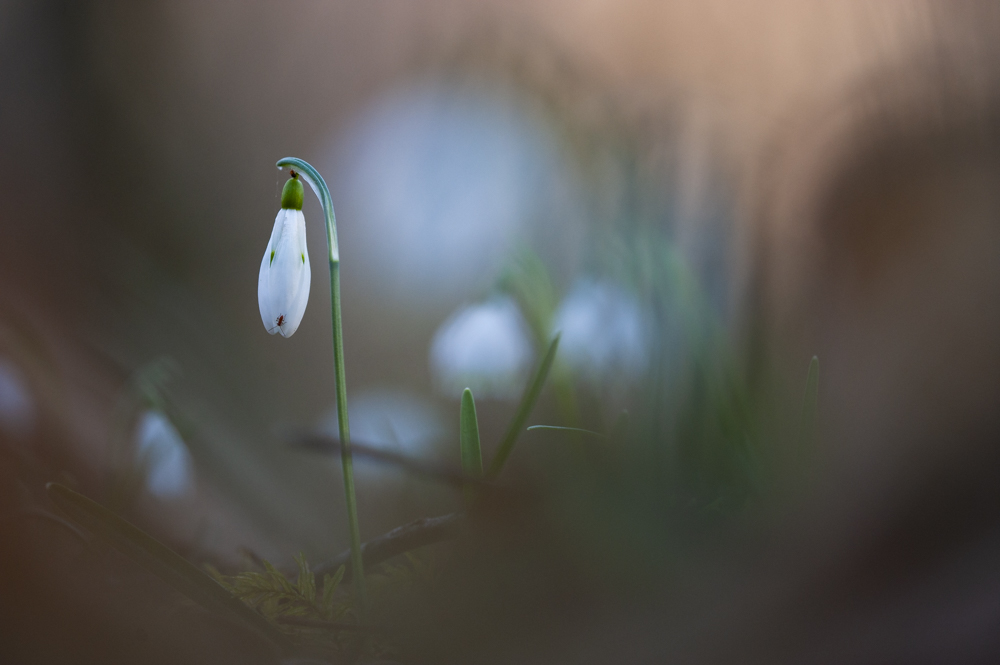
Picture 1 - Galanthus nivalis (Diana Crestan)
From February to April, another white-petalled flower blooms: the spring snowflake, Leucojum vernum, or false snowdrop. Its flowering lasts only a few weeks, after which the plant enters a dormant phase, surviving the summer drought underground. In autumn, the seeds germinate with the rains, but growth remains halted until spring, when conditions are more favourable. The species is widespread across Southern Europe, while in Italy, it is found only in the Alpine arc and the Veneto-Friuli plain.

Picture 2 - Leucojum vernum (Diana Crestan)
From white, we now move to shades of blue with the Scilla bifolia, also known as the alpine squill. It is found throughout Asia and Europe, favouring shady locations and deciduous forests. The word scilla comes from the Greek Skilla (a type of onion), referring to its bulb, while bifolia denotes the two leaves on its stem. It produces a toxin to defend itself against predators, concentrated mainly in the bulb to deter rodents and ground insects, and to a lesser extent in the leaves and flowers to ward off herbivores.
In the past, it was believed to be effective against snakebites and the evil eye, so much so that it was hung on house doors to protect against harm.
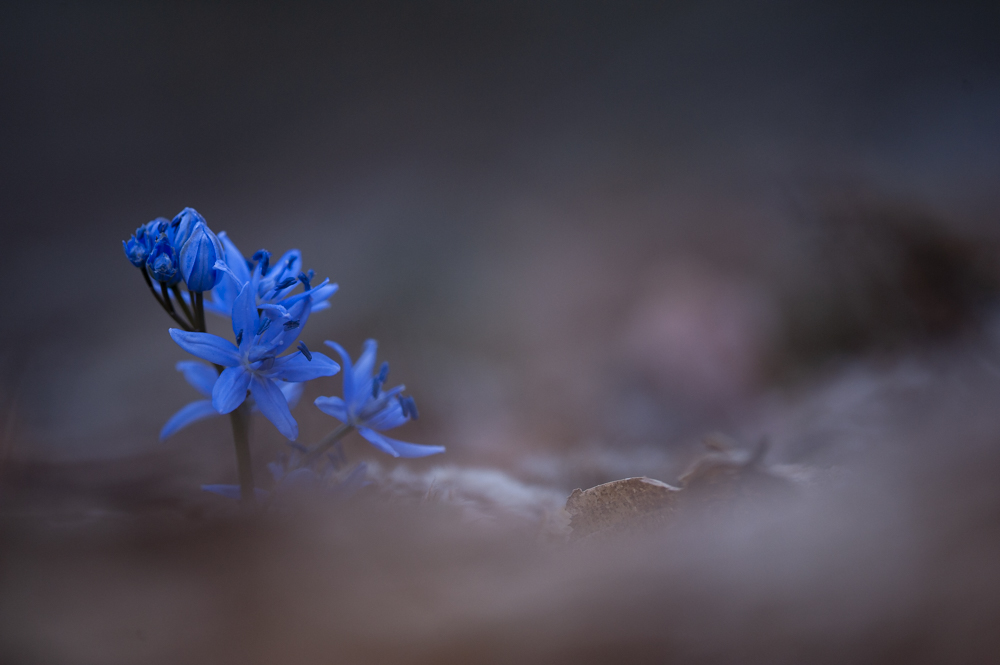
Picture 3 - Scilla bifoglia (Diana Crestan)
Competing with the Scilla to paint the woods blue is the Hepatica nobilis, or liverwort. The name Hepatica derives from the ancient Greek Hepatos, meaning "liver," due to the colour of the underside of its leaves. Its common name, liverwort, dates back to the Middle Ages, when its leaves were used in religious representations to symbolise one of Christianity’s dogmas. It is widespread across Italy, excluding the islands.
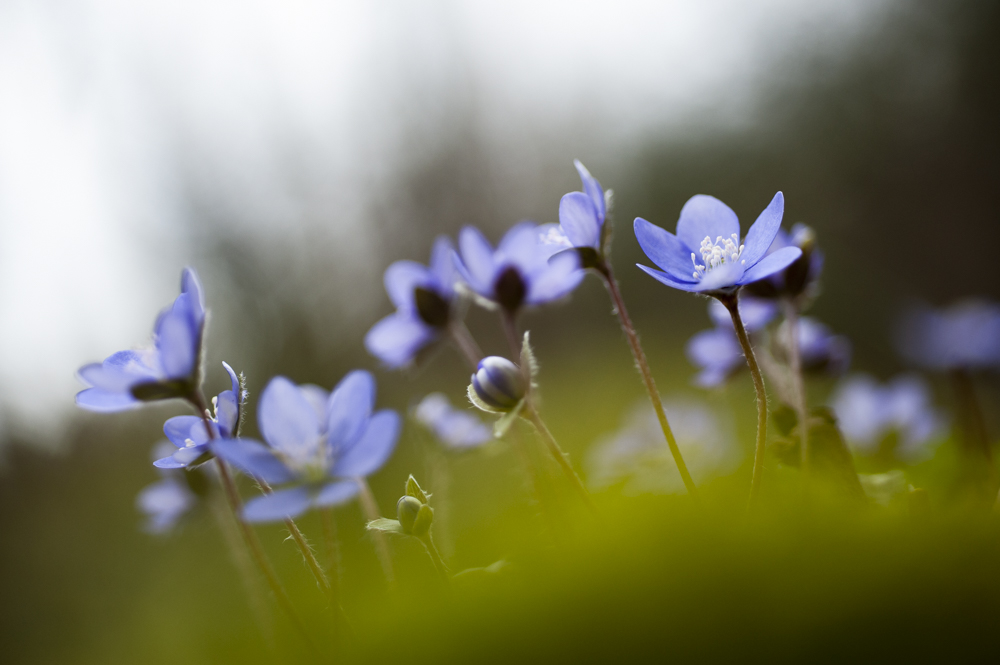
Picture 4 - Hepatica nobilis (Diana Crestan)
Of all the forest flowers mentioned so far, the Erythronium dens-canis, or dog’s tooth violet, is the rarest and is therefore a protected species. Its name comes from the shape and colour of its bulb, which resembles a canine tooth. It blooms between February and March, producing a single flower in shades of pink, from which its name Erythros, meaning "red," is derived.
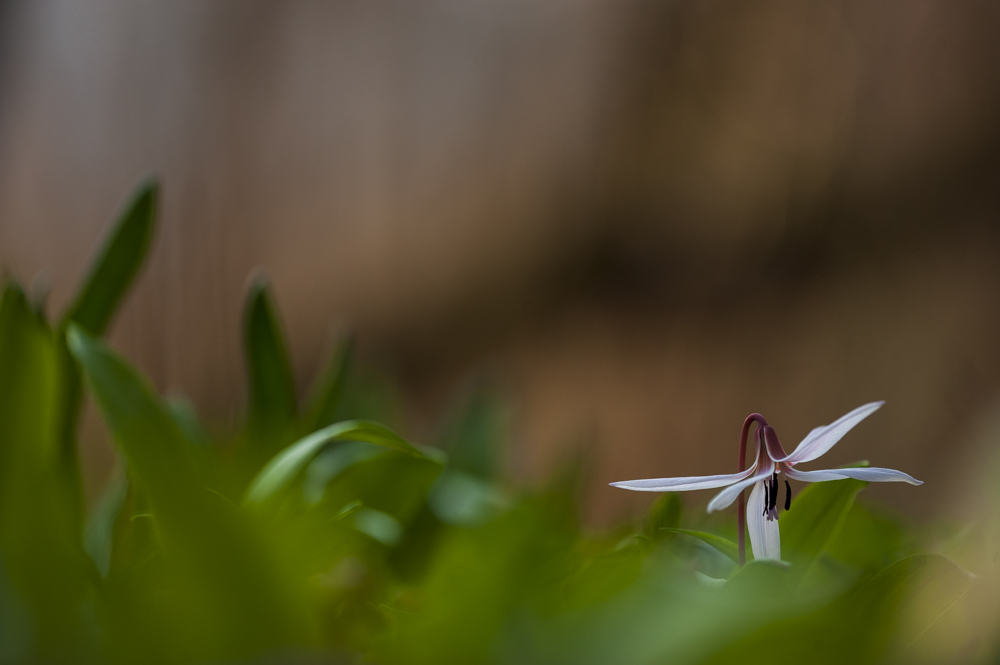
Picture 5 - Erythonium dens-canis (Diana Crestan)
From May onwards, another rare species blooms: the stunning Cypripedium calceolus, or lady’s slipper orchid, part of the Orchidaceae family. Insects become trapped in its labellum, shaped like a slipper or shoe, and while searching for an exit, they become coated in pollen, ready to pollinate another flower.
Its beauty is the reason for its sharp decline, due to excessive picking. Its conservation status is classified as near threatened, and it is strongly recommended not to pick or uproot these plants.

Picture 6 - Cypripedium calceolus (Diana Crestan)

